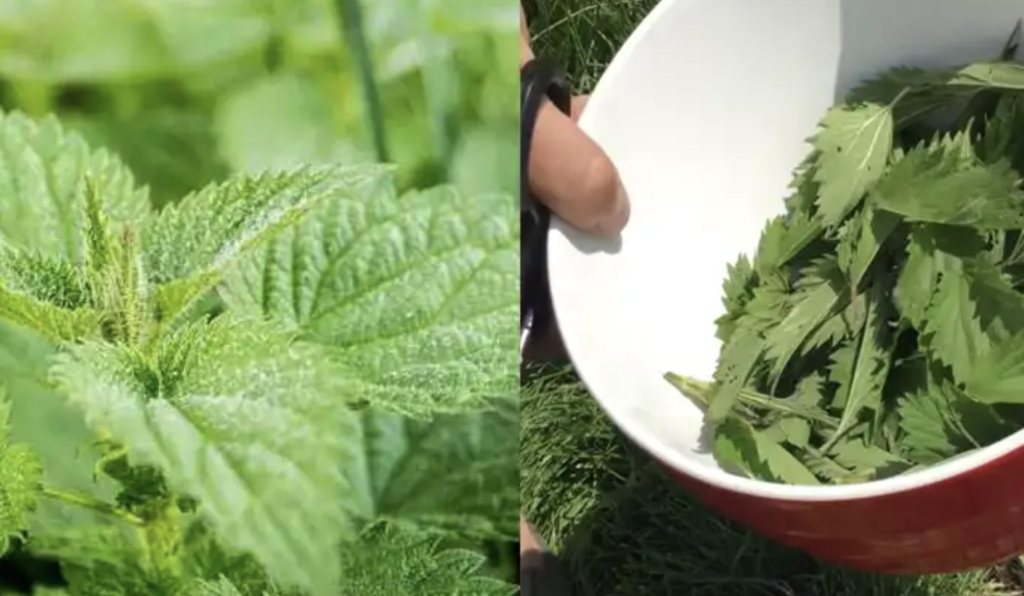Nettle-based solutions are invaluable in organic gardening, offering cost-effective, environmentally friendly alternatives to store-bought products. Let’s delve into the significance of nettle fertilizer and nettle insecticide, how to make them, and their effective use in your garden.
The Importance of Nettle Fertilizer
Nutrient-Rich: Nettle fertilizer, or nettle tea, is packed with essential nutrients like nitrogen, potassium, and phosphorus, vital for robust plant growth.
Improved Soil Quality: Enriches soil with organic matter, enhancing structure, water retention, and nutrient availability.
Natural Pest Deterrent: The strong odor of nettle fertilizer can deter garden pests, reducing reliance on chemical insecticides.
Cost-Effective: Making your nettle fertilizer is budget-friendly and reduces dependency on commercial fertilizers.
How to Make Nettle Fertilizer
Ingredients:
- Fresh nettle leaves (wear gloves when handling)
- Large container or bucket
- Water
Instructions:
- Collect Nettle Leaves: Gather fresh nettle leaves during spring or early summer, wearing gloves to avoid stings.
- Fill a Container: Fill a container with water, using approximately 1 part nettle leaves to 10 parts water.
- Add Nettle Leaves: Place nettle leaves in the water, ensuring they’re submerged. Stir occasionally to aerate.
- Soak the Leaves: Allow leaves to steep in water for 2-3 weeks. Stir every few days.
- Strain and Use: After steeping, strain liquid into another container. Dilute further with water (usually 1 part nettle fertilizer to 10 parts water) before use.
The Importance of Nettle Insecticide
Environmentally Friendly: A natural alternative to synthetic insecticides, minimizing harm to beneficial insects and ecosystems.
Low Cost: Homemade nettle insecticide is cost-effective and sustainable, reducing reliance on commercial products.
Effective Pest Control: Helps manage common garden pests like aphids, caterpillars, and mites.
How to Make Nettle Insecticide
Ingredients:
- Fresh nettle leaves (wear gloves when handling)
- Water
- Organic, non-toxic soap
Instructions:
- Collect Nettle Leaves: Gather fresh nettle leaves, wearing gloves to avoid stings.
- Fill a Container: Fill a container with water, using approximately 1 part nettle leaves to 5 parts water.
- Add Nettle Leaves: Place nettle leaves in water and let soak for 24 hours.
- Strain the Liquid: After soaking, strain the liquid into a spray bottle.
- Add Soap: Mix in a few drops of organic, non-toxic soap to help the solution adhere to pests and plants.
- Spray on Plants: Apply directly to affected plants, targeting pests on both upper and lower leaf surfaces. Repeat every 7-10 days as needed.
By harnessing the benefits of nettle fertilizer and nettle insecticide, gardeners can promote healthier, more productive gardens while reducing reliance on chemical fertilizers and insecticides. Embrace these homemade solutions for a greener, more sustainable approach to gardening.
